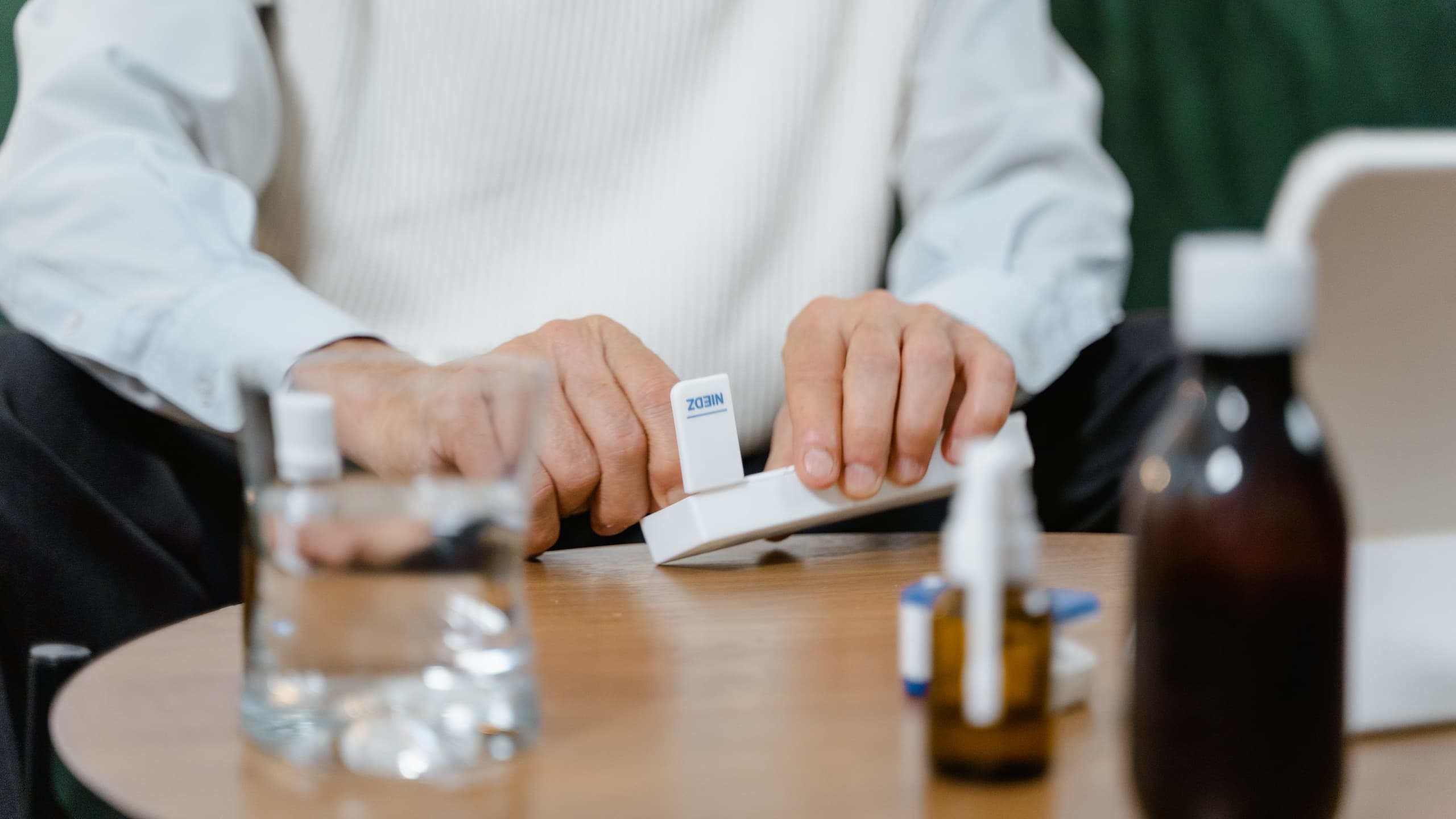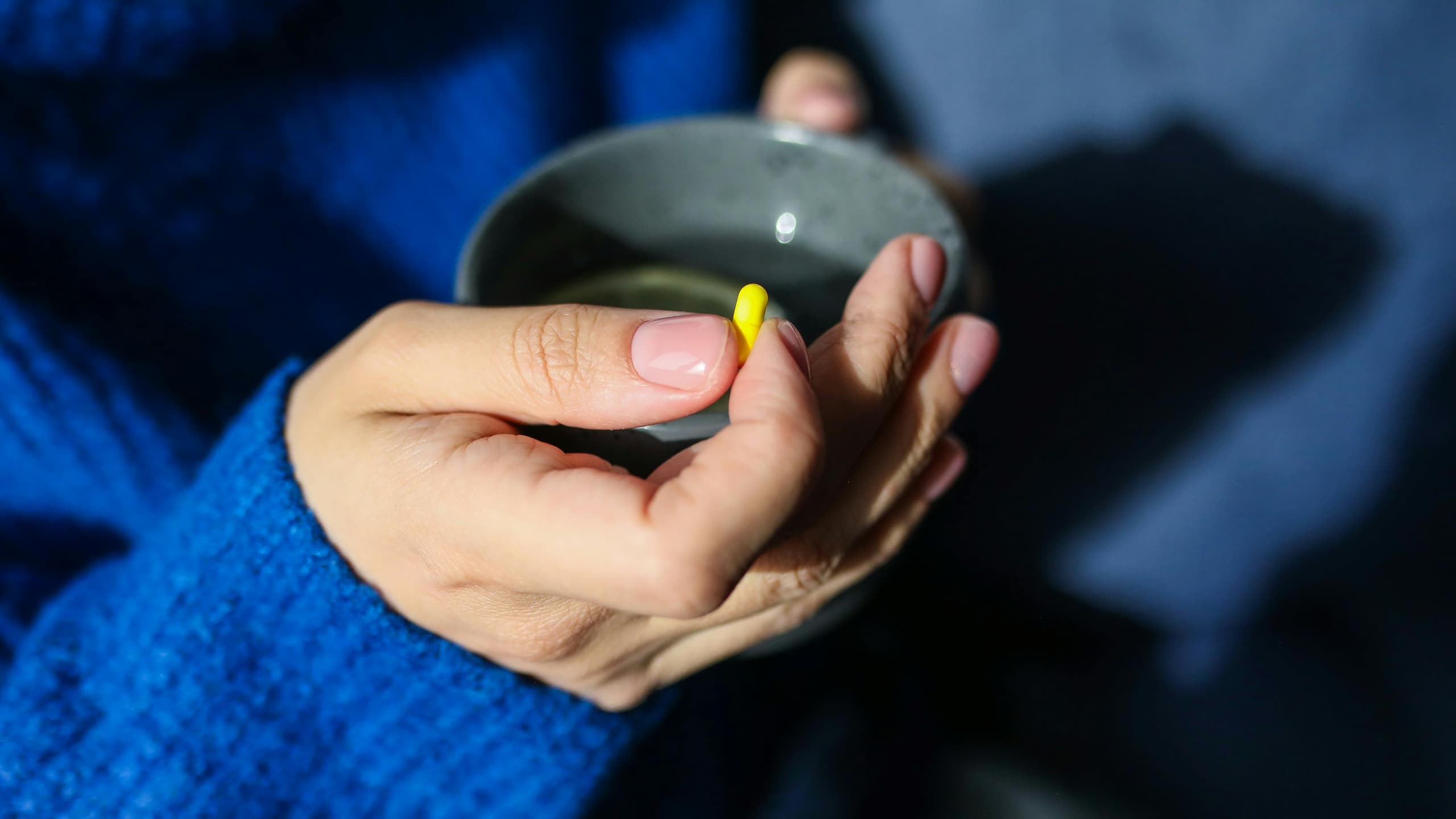Suboxone detox plays a vital role in the recovery journey for individuals struggling with opioid addiction. Healthcare providers frequently use Suboxone (a combination of buprenorphine and naloxone) as part of a medically supervised detox for those with opioid use disorder. Although misuse of buprenorphine declined among adults with opioid addiction from 2015 to 2019, the potential for dependency on the medication still exists.











